Energy Sources Explained Part 04: Solar
What is Solar?
Solar is the power the earth intercepts from the sun 173,000 terawatts about ten thousand times more power than our populations puts into use.
Locations
As you might have guessed for a solar panel to work there's have to be sunlight. So places like North Europe, Siberia and north of North America are not so good at producing for now at least.
How does it work
Solar panels are made from smaller units called solar cells, the most common solar cells are made from silicon the most known semi-conductor and the second most abundant element on Earth. In a solar cell crystalline silicon is placed between conductive layers. Each silicon atom is connected to its neighbors by four strong bonds which keep the electrons in place so no current can flow. In a the cell there are actually two different silicon layers. First the N type silicon which has one extra electron in between its bonds and a P type silicon which has empty space(called holes) in between its bonds so that the electrons from the N type can fall. This way the silicon cells are creating a positive and a negative side (P/N). Light now is a wave, a wave of tiny particles called photons which falls on the cells. If the energy is enough the electron from the full side (N) of the cell gets exited and actually is moved to the side where there are holes (P). Our genius starts here. By making the whole system Negative/Positive the electron has only one way to go and that is the positive hole up ahead. The mobile electrons are collected by small metal fingers on the top of the cell. From there thy flow through an external circuit, powering up electrical devices before returning through the conductive aluminum sheet on the back. Electrons are the only moving parts in a Solar cell and all go back where they came from, that makes the solar panels last for decades since nothing is worn out.
Different uses
It can be used for heating, passive and active systems. Passive systems are basic and have no moving parts, they simply rely on design features to enhance our ability to capture and use the sun rays (greenhouses, solar ovens). Active systems have mechanical components like fans or pumps to circulate heat carrying fluids. These systems can be used for residential or commercial heating.
Advantages
It is environmentally friendly, no emissions, no noise. Has minimal maintenance requirements. Electricity is produced whether the light is solar or artificial. They can operate in cloudy condition but are less effective.
Disadvantages
It can not operate without light. The initial installment cost is high. Large amounts of space are needed for larger scales in production. Panels generate direct current, an inverter is needed to be off use especial to off-grid applications.
Source links:
https://www.studentenergy.org/topics/solar
http://www.greenmatch.co.uk/blog/2014/08/5-advantages-and-5-disadvantages-of-solar-energy
https://env-pol.teiwm.gr/index.php?lang=el
And of course the videos that i have linked
You can find more articles of mine here: https://steemit.com/@diasdr
Energy sources explained part 01: https://steemit.com/science/@diasdr/energy-sources-explained-part-01-energy-units
Energy sources explained part 02: https://steemit.com/science/@diasdr/energy-sources-explained-part-02-coal-history-usage-and-drawbacks
Energy sources explained part 03: https://steemit.com/science/@diasdr/energy-sources-explained-part-03-wind-power
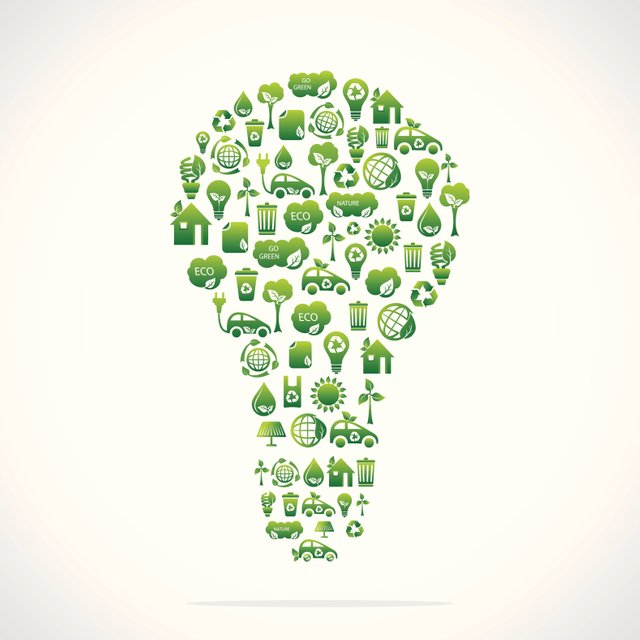
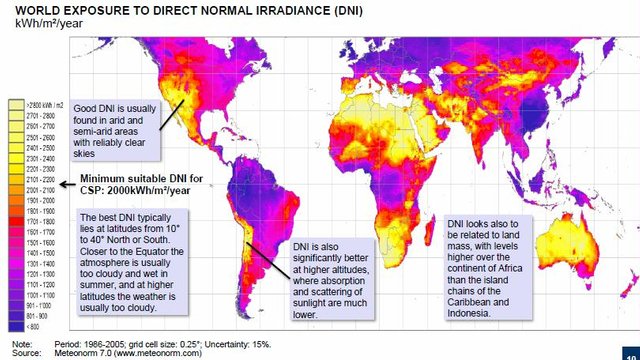
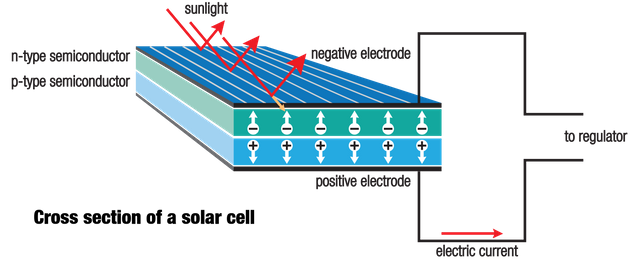
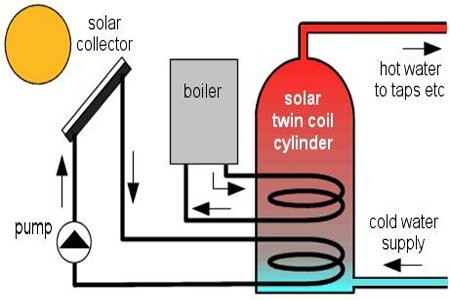
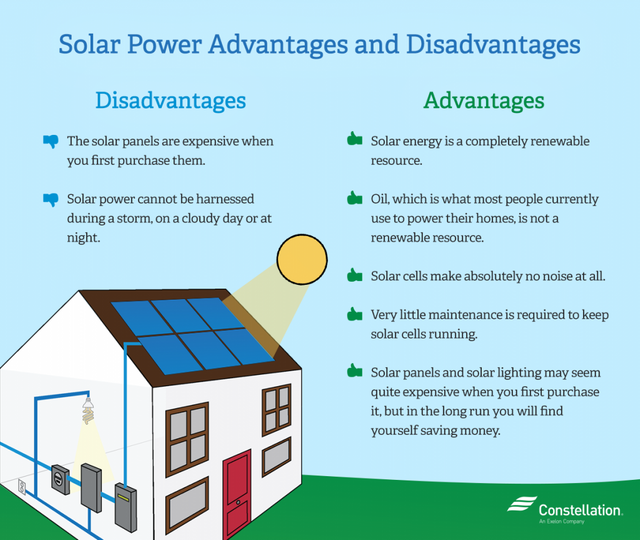
nice
ty
I sure hope that battery technology starts ramping up soon, I have found the batteries to be the weak link in solar. Great post.
ye i agree, hope we see em develop the battery tech soon